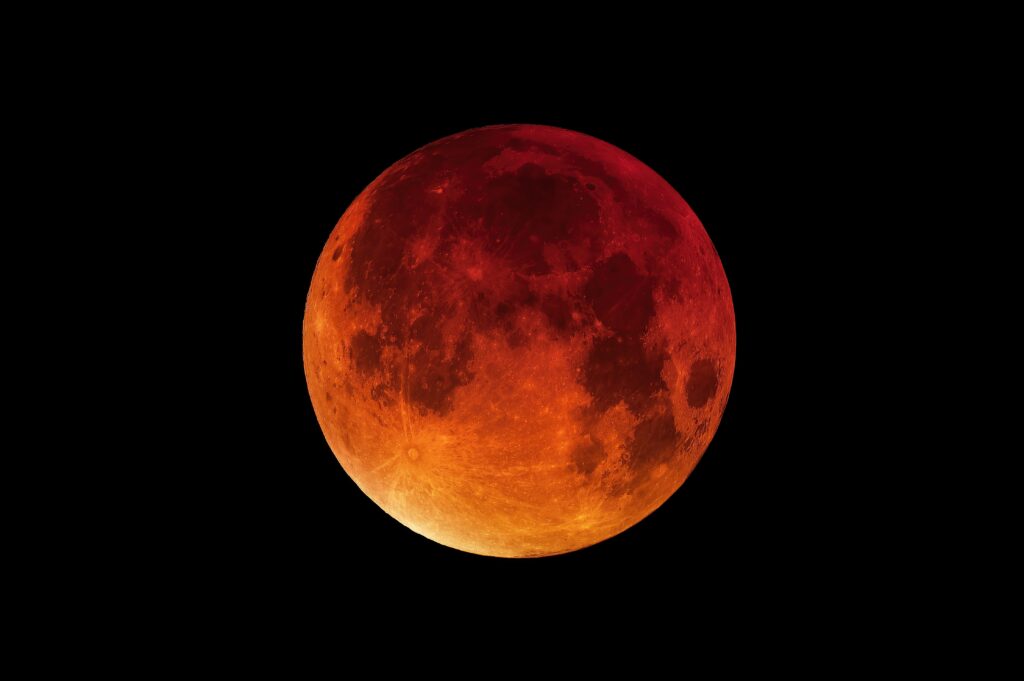This Sunday, 7 September, Europe will witness a blood moon—a total lunar eclipse lasting around 82 minutes, the longest since 2022. The Earth will pass directly between the sun and the moon, casting its shadow fully across the lunar surface. Only red-hued light refracted through Earth’s atmosphere will illuminate the moon, giving it the iconic “blood” appearance.
Throughout history, such events carried deep cultural significance. In Babylon, China, and Central America, blood moons were often seen as ominous portents of death, war, or divine punishment. By contrast, West Africa’s Batammaliba people interpret lunar eclipses as symbolic battles between the sun and the moon, using the event to encourage reconciliation and communal peace.
Today, the event fascinates both astronomers and astrologers—though for very different reasons. Astronomers, like Florian Freistetter, emphasize its rarity and beauty, dismissing any predictive or mystical significance as “esoteric nonsense.” Astrologers, meanwhile, see the blood moon as a moment of potential personal or societal turning points, rooted in centuries of symbolic interpretation. They argue that while planets don’t physically cause events, they reflect rhythms, archetypes, and cycles observable in nature and history.
Historically, astronomy and astrology were intertwined, but the Enlightenment shifted focus toward reason and mechanistic explanations of nature. Today, experts argue for mutual respect: astronomy explains the measurable, while astrology interprets meaning and patterns for human life. Even political leaders, like former French President François Mitterrand, have historically consulted astrologers on personal and state matters.
Whether viewed scientifically or symbolically, the blood moon is a rare and captivating sight. As Freistetter notes, the event is “aesthetically impressive” and reminds us of Earth’s unique vantage in the cosmos. Statistical studies confirm that lunar eclipses bear no connection to disasters. For Europeans this weekend, the blood moon offers a chance to marvel at the heavens, whether through the lens of science, history, or human imagination.


